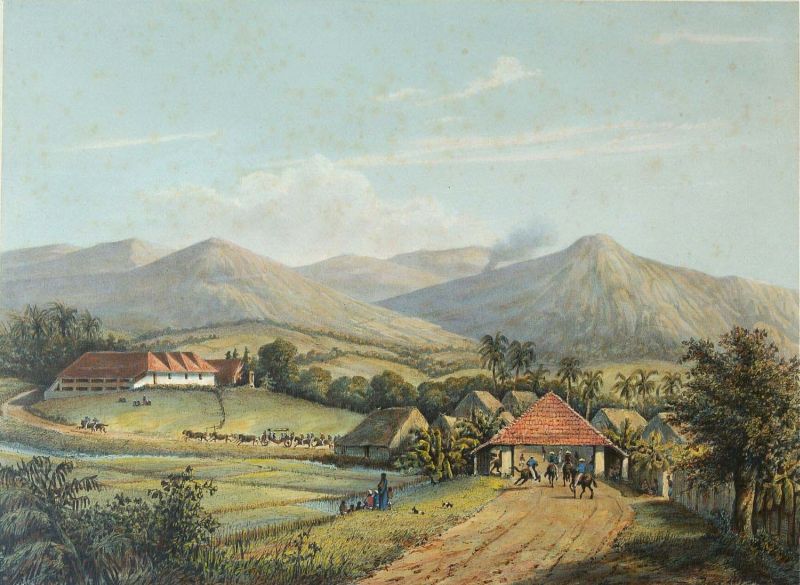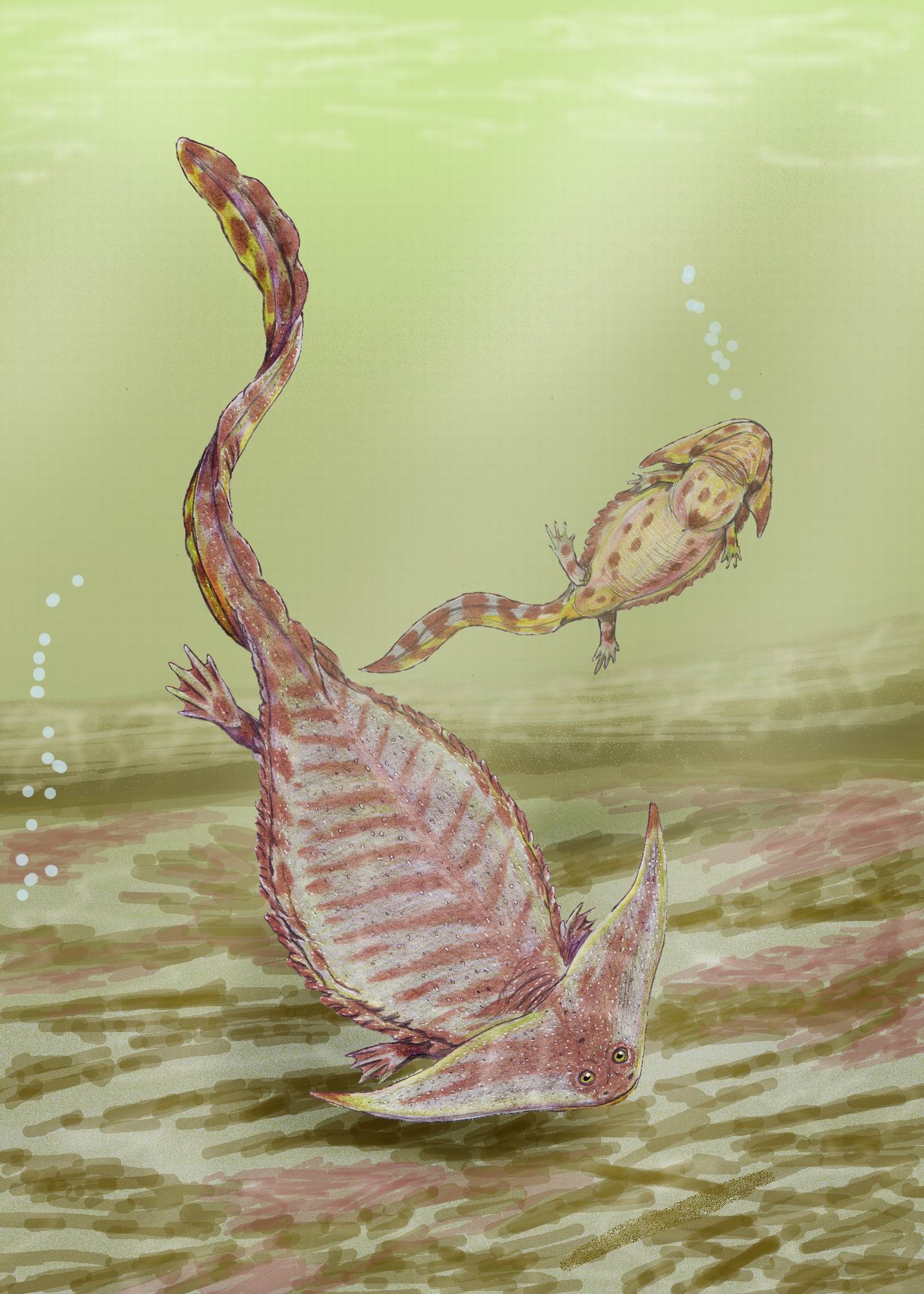|
Crab-eating Frog
The crab-eating frog (''Fejervarya cancrivora'') is a frog native to south-eastern Asia including Taiwan, China, Sumatra in Indonesia, the Philippines and more rarely as far west as Orissa in India. It has also been introduced to Guam, most likely from Taiwan. It inhabits mangrove swamps and marshes and is one of 144 known modern amphibians which can tolerate brief excursions into seawater, and is possibly the only extant marine amphibian. This frog can tolerate marine environments (immersion in sea water for brief periods or brackish water for extended periods) by increasing urea production and retention, and by remaining slightly hyperosmotic within urea and sodium flux. Adults can survive in salt water with salinity as high as 2.8%, and tadpoles can survive salinities as high as 3.9%. Diet The food sources of the crab-eating frog are mainly determined by the locally available prey. Near fresh water, its diet consists largely of insects. But in an environment with brackish ... [...More Info...] [...Related Items...] OR: [Wikipedia] [Google] [Baidu] |
Java
Java is one of the Greater Sunda Islands in Indonesia. It is bordered by the Indian Ocean to the south and the Java Sea (a part of Pacific Ocean) to the north. With a population of 156.9 million people (including Madura) in mid 2024, projected to rise to 158 million at mid 2025, Java is the world's List of islands by population, most populous island, home to approximately 55.7% of the Demographics of Indonesia, Indonesian population (only approximately 44.3% of Indonesian population live outside Java). Indonesia's capital city, Jakarta, is on Java's northwestern coast. Many of the best known events in Indonesian history took place on Java. It was the centre of powerful Hindu-Buddhist empires, the Islamic sultanates, and the core of the colonial Dutch East Indies. Java was also the center of the History of Indonesia, Indonesian struggle for independence during the 1930s and 1940s. Java dominates Indonesia politically, economically and culturally. Four of Indonesia's eig ... [...More Info...] [...Related Items...] OR: [Wikipedia] [Google] [Baidu] |
Crustacean
Crustaceans (from Latin meaning: "those with shells" or "crusted ones") are invertebrate animals that constitute one group of arthropods that are traditionally a part of the subphylum Crustacea (), a large, diverse group of mainly aquatic arthropods including decapods (shrimps, prawns, crabs, lobsters and crayfish), seed shrimp, branchiopods, fish lice, krill, remipedes, isopods, barnacles, copepods, opossum shrimps, amphipods and mantis shrimp. The crustacean group can be treated as a subphylum under the clade Mandibulata. It is now well accepted that the hexapods (insects and entognathans) emerged deep in the Crustacean group, with the completed pan-group referred to as Pancrustacea. The three classes Cephalocarida, Branchiopoda and Remipedia are more closely related to the hexapods than they are to any of the other crustaceans ( oligostracans and multicrustaceans). The 67,000 described species range in size from '' Stygotantulus stocki'' at , to the Japanese ... [...More Info...] [...Related Items...] OR: [Wikipedia] [Google] [Baidu] |
Amphibians Of Singapore
Amphibians are ectothermic, anamniote, anamniotic, tetrapod, four-limbed vertebrate animals that constitute the class (biology), class Amphibia. In its broadest sense, it is a paraphyletic group encompassing all Tetrapod, tetrapods, but excluding the amniotes (tetrapods with an amniotic membrane, such as modern reptiles, birds and mammals). All extant taxon, extant (living) amphibians belong to the monophyletic subclass (biology), subclass Lissamphibia, with three living order (biology), orders: Anura (frogs and toads), Urodela (salamanders), and Gymnophiona (caecilians). Evolved to be mostly semiaquatic, amphibians have adapted to inhabit a wide variety of habitats, with most species living in freshwater ecosystem, freshwater, wetland or terrestrial ecosystems (such as riparian woodland, fossorial and even arboreal habitats). Their biological life cycle, life cycle typically starts out as aquatic animal, aquatic larvae with gills known as tadpoles, but some species have devel ... [...More Info...] [...Related Items...] OR: [Wikipedia] [Google] [Baidu] |
Amphibians Of Malaysia
The amphibians of Malaysia are relatively diverse. Species * ''Abavorana luctuosa'' (mahogany frog) * ''Amolops larutensis'' (Larut sucker frog) * ''Ansonia albomaculata'' (white-lipped slender toad) * ''Ansonia endauensis'' * ''Ansonia hanitschi'' (Kadamaian stream toad) * ''Ansonia latidisca'' (Bornean rainbow toad) * ''Ansonia minuta'' (tiny stream toad) * ''Ansonia torrentis'' (torrent slender toad) * ''Chaperina, Chaperina fusca'' (spiny-heeled froglet) * ''Chirixalus nongkhorensis'' (Nongkhor foam-nest treefrog) * ''Duttaphrynus melanostictus'' (Asian common toad) * ''Crab-eating frog, Fejervarya cancrivora'' (crab-eating frog) * ''Fejervarya limnocharis'' (rice field frog) * ''Fejervarya pulla'' * ''Glyphoglossus brooksii'' (Brooks' squat frog) * ''Glyphoglossus flavus'' (Borneo squat frog) * ''Glyphoglossus guttulatus'' (Burmese squat frog) * ''Glyphoglossus volzi'' (Sumatra squat frog) * ''Chinese edible frog, Hoplobatrachus rugulosus'' (Chinese edible frog) * ''Hole-in-t ... [...More Info...] [...Related Items...] OR: [Wikipedia] [Google] [Baidu] |
Amphibians Of Indonesia
Amphibians are ectothermic, anamniotic, four-limbed vertebrate animals that constitute the class Amphibia. In its broadest sense, it is a paraphyletic group encompassing all tetrapods, but excluding the amniotes (tetrapods with an amniotic membrane, such as modern reptiles, birds and mammals). All extant (living) amphibians belong to the monophyletic subclass Lissamphibia, with three living orders: Anura (frogs and toads), Urodela (salamanders), and Gymnophiona (caecilians). Evolved to be mostly semiaquatic, amphibians have adapted to inhabit a wide variety of habitats, with most species living in freshwater, wetland or terrestrial ecosystems (such as riparian woodland, fossorial and even arboreal habitats). Their life cycle typically starts out as aquatic larvae with gills known as tadpoles, but some species have developed behavioural adaptations to bypass this. Young amphibians generally undergo metamorphosis from an aquatic larval form with gills to an air-breathing ... [...More Info...] [...Related Items...] OR: [Wikipedia] [Google] [Baidu] |
Frogs Of India
This is an index to the amphibians found in India. The amphibians of India show a high level of endemism. This list is based largely on Darrel Frost (2006) and includes common names from older books and journals. Order Anura Family Bufonidae * Ornate torrent toad, ''Ansonia ornata'' = '' Ghatophryne ornata'' (Günther, 1876) * Silent Valley torrent toad, ''Ansonia ornata'' = '' Ghatophryne rubigina'' (Pillai and Pattabiraman, 1981) * '' Bufo beddomii'' ( Günther, 1876) * '' Bufo brevirostris'' (Rao, 1937) * '' Bufo burmanus'' (Andersson, 1939) * '' Duttaphrynus cyphosus'' = ''Bufo cyphosus'' (Ye, 1977) * Himalayan toad, '' Duttaphrynus himalayanus'' (Günther, 1864) = ''Bufo himalayanus'' (Günther, 1864) * '' Bufo hololius'' (Günther, 1876) * '' Xanthophryne koynayensis'' (Soman, 1963) * '' Xanthophryne tigerina'' Biju, Bocxlaer, Giri, Loader and Bossuyt, 2009 * Ladakh toad, '' Pseudepidalea latastii'' Boulenger, 1882 = ''Bufo latastii'' * Common Indian toad, '' Duttaphrynus ... [...More Info...] [...Related Items...] OR: [Wikipedia] [Google] [Baidu] |
Amphibians Of China
China's vast and diverse landscape is home to a profound variety and abundance of wildlife. As of one of 17 megadiverse countries in the world, China has, according to one measure, 7,516 species of vertebrates including 4,936 fish, 1,269 bird, 562 mammal, 403 reptile and 346 amphibian species. In terms of the number of species, China ranks third in the world in mammals,IUCN Initiatives – Mammals – Analysis of Data – Geographic Patterns 2012 . IUCN. Retrieved 24 April 2013. Data does not include species in Taiwan. eighth in birds, seventh in reptiles and seventh in amphibians. [...More Info...] [...Related Items...] OR: [Wikipedia] [Google] [Baidu] |




